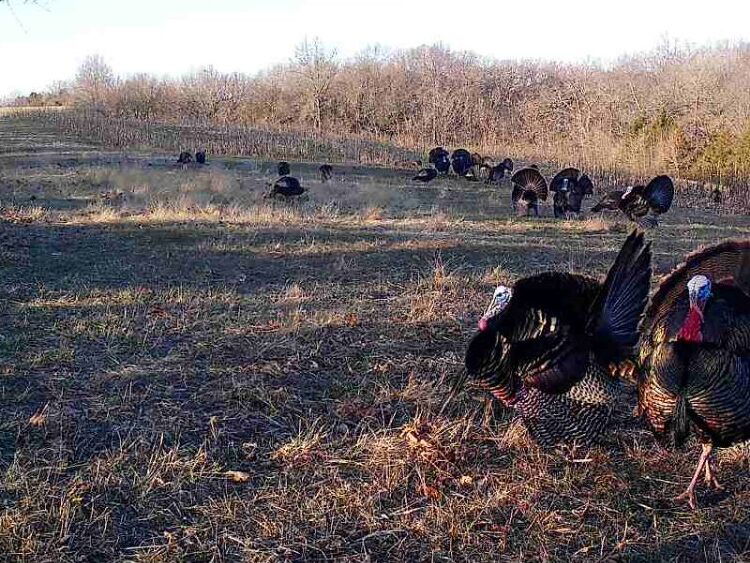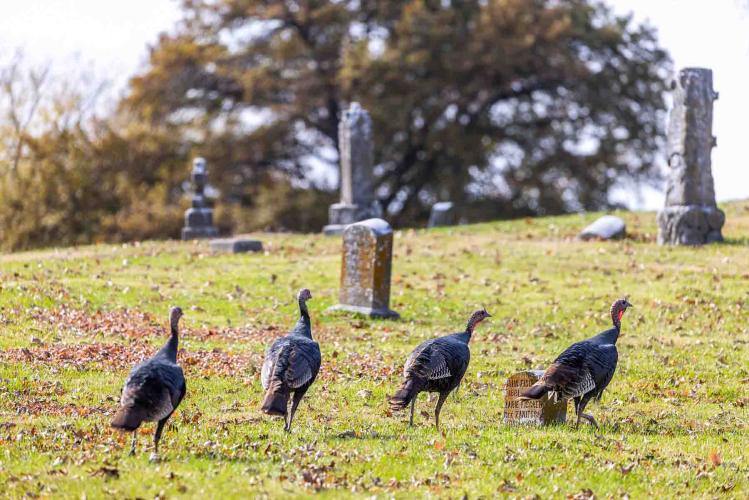How weather impacts turkey in the fall and winter
The fall firearms turkey season has passed, but there is one last portion of the fall archery season left to stand beginning on November 27th. The majority of hunters who pursue this large game bird typically stick to hunting them in the spring season, but some will try their shot during the fall/ winter season.
One of the main things hunters must understand to have a better shot at harvesting the Eastern Wild Turkey is how weather can impact their habits and their diets.

Temperatures continuously cool heading deeper into the fall and winter months. This means less green foliage and less bugs. During the spring and summer months, turkey typically turn towards these two to maintain their diet. This means as these resources become more limited due to the changing weather conditions, turkeys must turn towards acorns and grain crops to survive.
Wild turkey during these months may differ in locations then what you typically se during the spring months. Finding proper areas with adequate populations is the first challenge. The next step is finding these late season dietary food sources.

Because turkey are no longer looking to mate like they are during the spring months, they will start to re-group into larger groups that are separated by genders. This makes it harder at times to effectively sneak up on this game species.
Colder temperatures during the fall and winter months could mean less activity form these short-flighted birds. Wild Eastern Turkey may remain in their roost longer during the morning hours when temperatures drop significantly. The good news is, they must forage and eat o they will eventually look to fly down and feed each day.
During days with increased cool winds, turkey will often hunker into areas more heavily wooded to act as a wind break.
